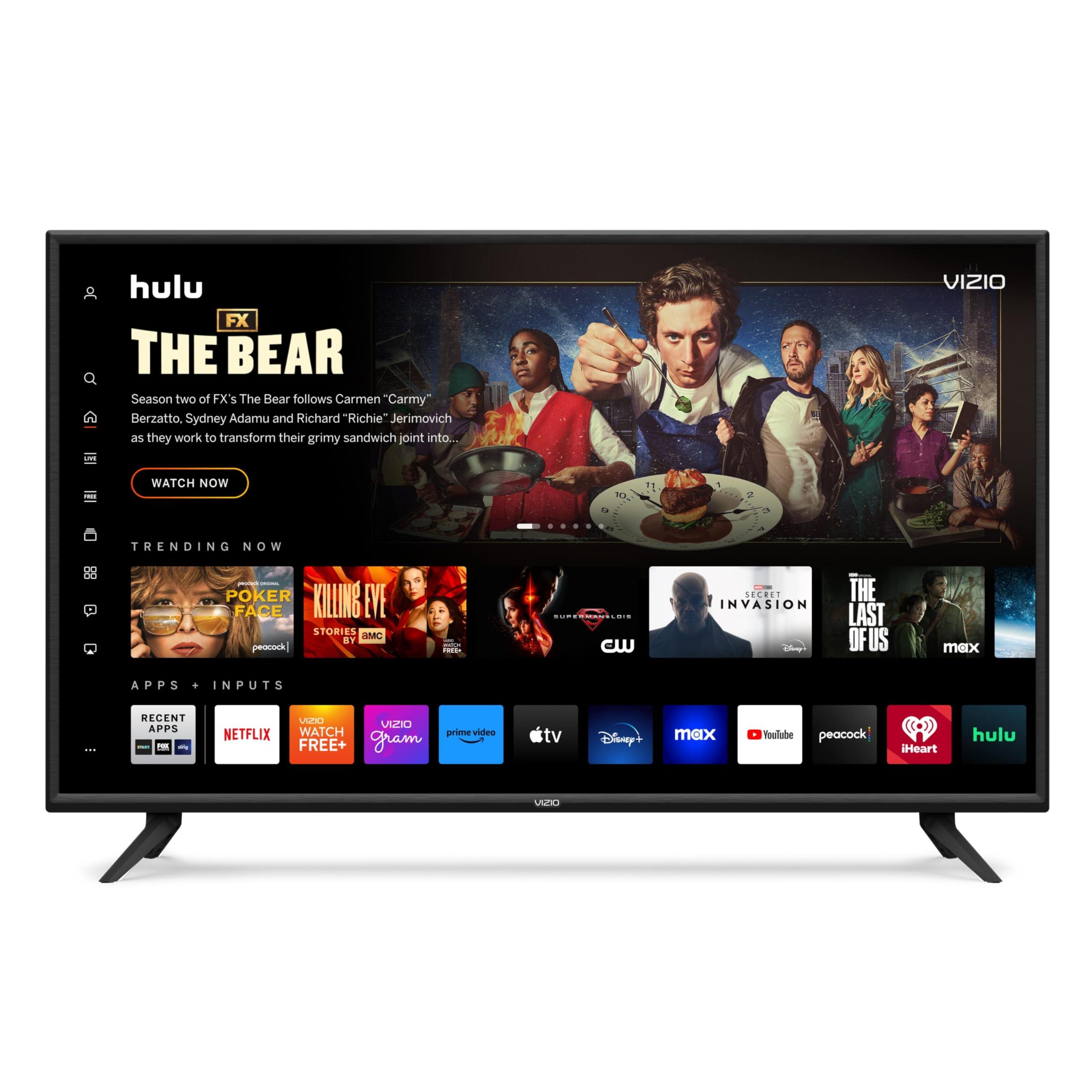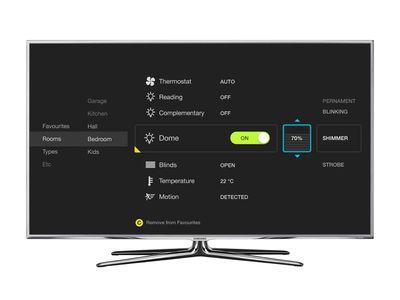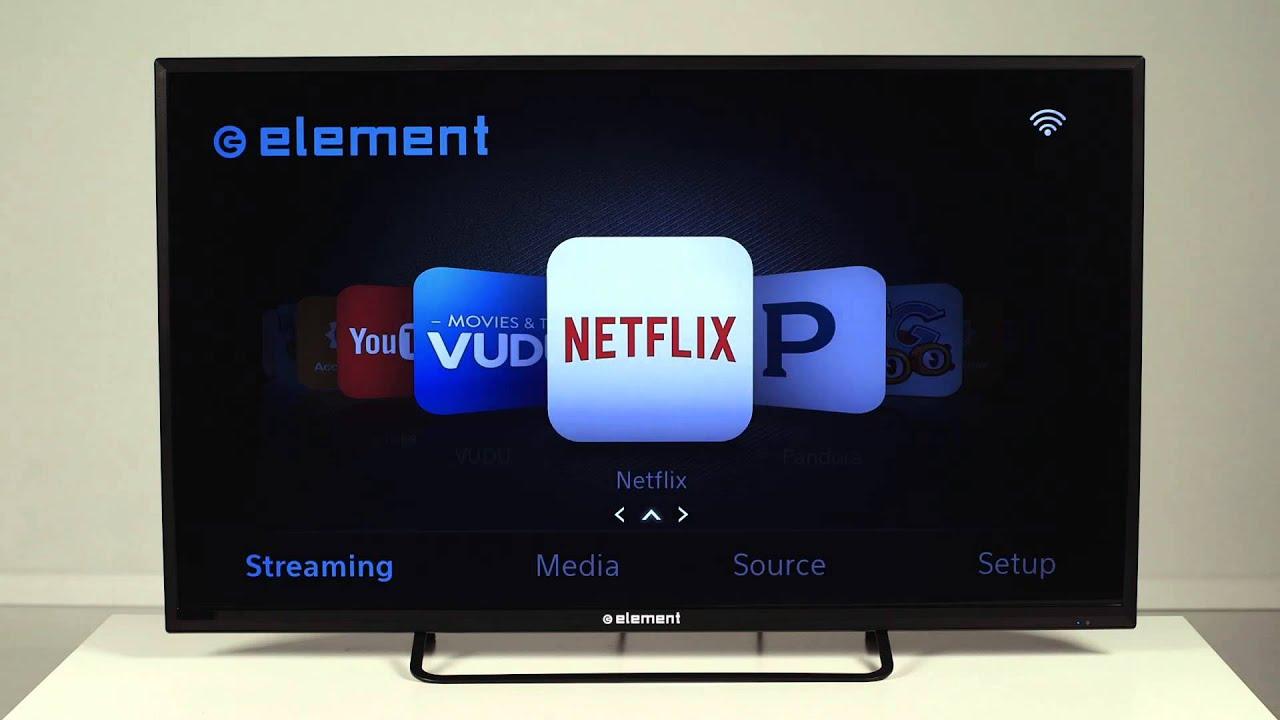In today’s rapidly evolving digital landscape, the way we consume television content has undergone a significant transformation. With the advent of smart technology, viewers are now faced with a choice between Smart TVs and streaming sticks, each offering distinct advantages and limitations. This article aims to provide a comprehensive analysis of both options, exploring their features, usability, and cost-effectiveness. By examining the strengths and weaknesses of Smart TVs and streaming sticks, we aim to equip you with the knowledge necessary to make an informed decision tailored to your entertainment needs. Whether you’re a tech-savvy enthusiast or a casual viewer, understanding these differences is crucial in selecting the right device for your home.
Comparison of Features and Functionality
- Ease of Use: Smart TVs offer an integrated experience, eliminating the need for additional devices. With built-in apps and a unified interface, they provide a seamless user experience. In contrast, streaming sticks require connection to a compatible TV, and while they are portable and easy to set up, they add another layer to your home entertainment system.
- Content and App Availability: Both options support popular streaming services like Netflix, Hulu, and Disney+. However, smart TVs might have limitations on app updates over time, whereas streaming sticks frequently receive updates, ensuring compatibility with the latest apps and features.
- Performance and Speed: The processing power of smart TVs varies greatly depending on the model, which can affect speed and performance. Streaming sticks are designed for efficiency, often equipped with advanced processors that enhance streaming quality and reduce buffering times.
- Cost Considerations: Smart TVs can be a significant investment, offering an all-in-one solution with a higher upfront cost. Streaming sticks, however, are budget-friendly alternatives, allowing you to upgrade your TV’s functionality without purchasing a new set.

Cost Analysis and Value for Money
When evaluating the financial aspects, both Smart TVs and streaming sticks have their distinct advantages. Smart TVs often come with a higher upfront cost, encompassing the convenience of an all-in-one solution. This includes integrated streaming apps, voice control features, and sometimes, higher-quality displays. However, they can be more costly to upgrade or replace as technology advances.
On the other hand, streaming sticks present a more budget-friendly option, typically priced significantly lower than a new TV. These devices offer a cost-effective way to upgrade your existing television with the latest streaming capabilities. Consider the following:
- Initial Investment: Smart TVs require a larger upfront expenditure, whereas streaming sticks are relatively inexpensive.
- Longevity and Upgrades: Streaming sticks can be easily replaced or upgraded as new models are released, offering flexibility.
- Functionality: While Smart TVs offer comprehensive features, streaming sticks provide similar functionalities at a fraction of the cost.
Ultimately, the choice hinges on whether you prioritize long-term investment and integrated features or prefer a flexible, cost-effective upgrade to your existing setup.

User Experience and Interface Design
When it comes to user experience, Smart TVs and streaming sticks offer distinct advantages. Smart TVs often provide a more integrated experience with their built-in apps and seamless navigation through a dedicated remote. The larger screen interface is designed to be intuitive, offering easy access to popular streaming services directly from the home screen. Many models come with voice control features, enabling hands-free operation for a more streamlined interaction.
On the other hand, streaming sticks offer flexibility and simplicity. They are usually more affordable and can transform any TV with an HDMI port into a smart device. The interface is often straightforward, focusing on delivering quick access to streaming services. Updates are frequent, ensuring that you have the latest features and security enhancements. Additionally, streaming sticks are highly portable, allowing you to take your personalized viewing experience anywhere. Consider your specific needs and preferences when choosing between the two options.
- Smart TV: Integrated apps, voice control, seamless navigation.
- Streaming Stick: Affordable, portable, frequent updates.

Installation and Portability Considerations
- Installation: Smart TVs offer a straightforward setup process. Simply connect them to your Wi-Fi, and you’re ready to explore a plethora of apps and streaming services. Their all-in-one nature means fewer cables and less clutter. However, if you’re dealing with limited space or an existing TV setup, a streaming stick can be a more adaptable choice. Just plug it into an HDMI port, connect to Wi-Fi, and enjoy a similar range of apps with minimal fuss.
- Portability: Streaming sticks have a clear advantage when it comes to portability. Lightweight and compact, they can easily be moved from room to room or even packed for travel. This makes them ideal for users who want to maintain a consistent entertainment experience across different locations. In contrast, Smart TVs are inherently stationary, designed to serve as the central entertainment hub of a single room.



